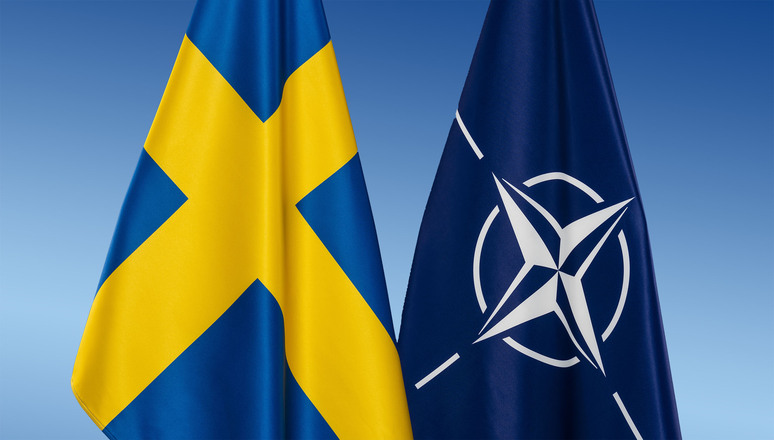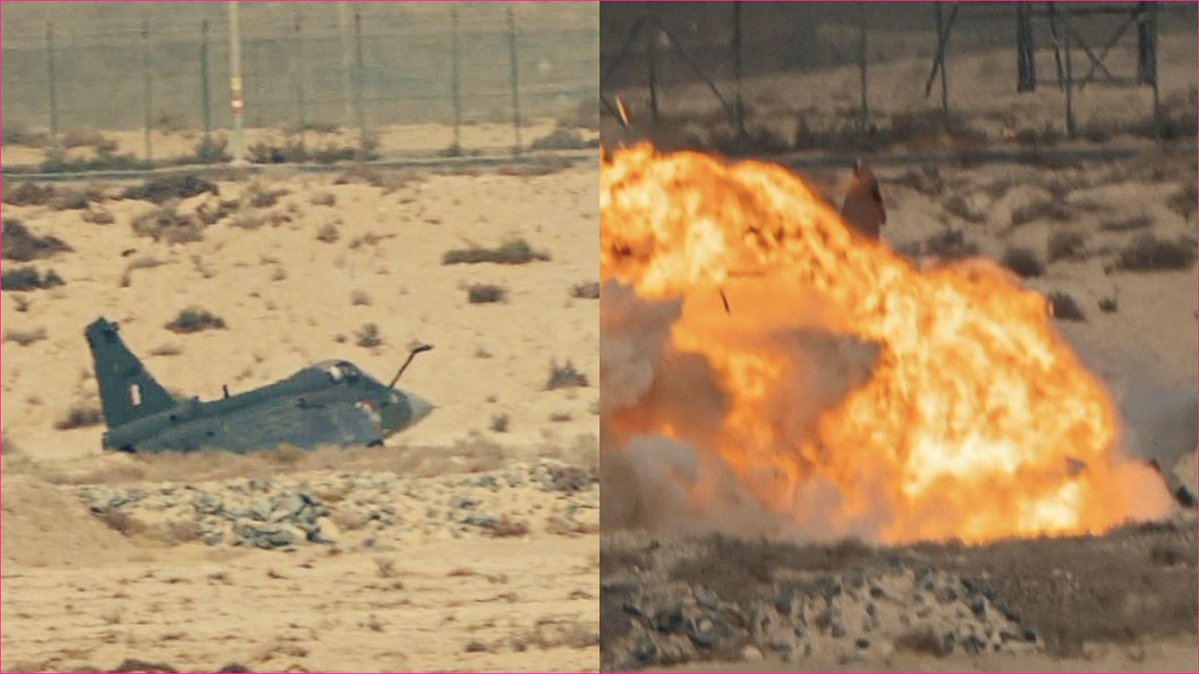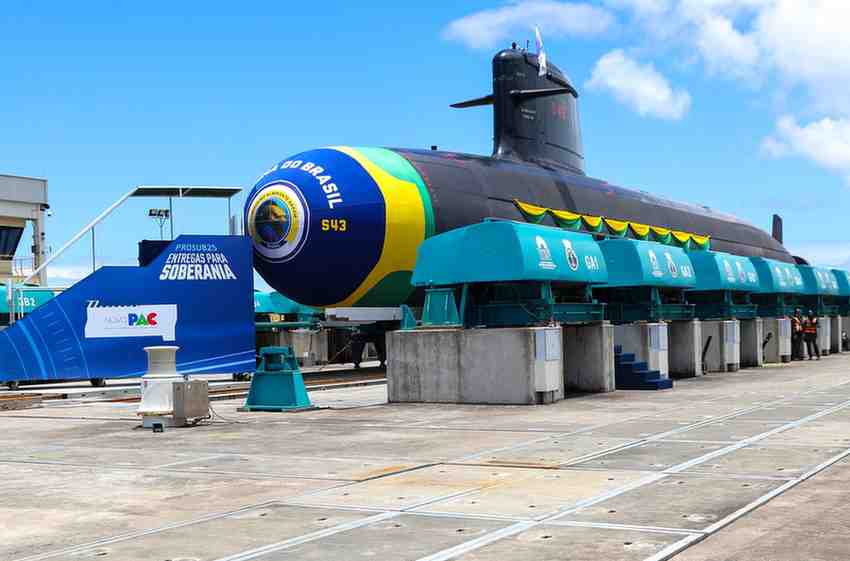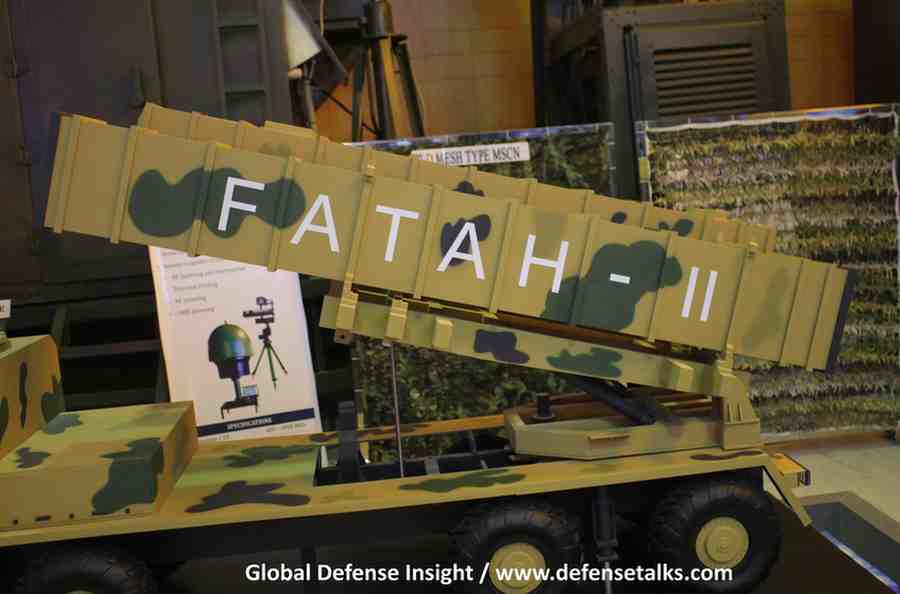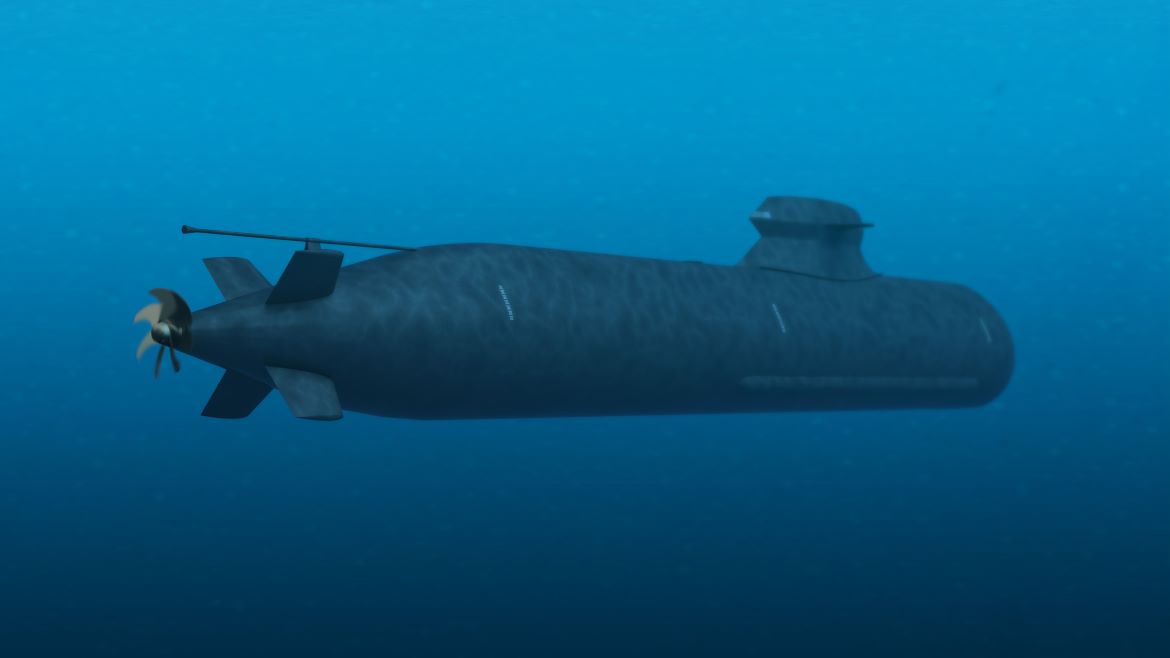ABSTRACT:
In my research paper, I will address Sweden’s membership in NATO strategy that presents challenges and advantages. This will create an open conflict with acceptance compared to Russia’s policy in Eastern Europe. Since the Ukraine war, Russia has been using hybrid threats, constantly threatening the Weast; without being sanctioned, it continued to be a concern. This created a lot of internal struggles between NATO and the European Union regarding economic and security reasons. On one side, we have a Russian leadership position presenting antidemocratic power and harming the civilians in Ukraine. Conversely, we need to depend on Russian gas and oil, which is hurting the energy sector. Therefore, I will explain why Sweden is joining NATO and will benefit from its position on the Scandinavian coastline and NATO battlefield. This explains collective defense, cyberspace, and deterrence counterintelligence. However, there is also military-political power in the Arctic region that Russia is interested in. This can help understand risk accounting and conflict management in war peace situations. I want to give some final marks on what would be for the members’ future accepting Sweden can make for NATO capabilities—lastly, trying to analyze the security environment and give some opinions to conclude my paper.
INTRODUCTION:
The concept of understanding European security and defense changed much of its structure due to Russian forces using hybrid threats with the ongoing Ukraine war. NATO military doctrine purposely serves as a response toward any external force. Creating a mutual pact with the Nordic countries provides a stronger link between the defense force and collective security. Firstly, it gave advantages to NATO in developing a new nuclear system that can used to resolve the implications that Russia imposed on the West. Therefore, developing air force units will reassess Balti’s security coastline. It creates a defensive offense from the Air Force and marine forces as a joint operation with a robust navigation system on the whole coast. The challenge has been faced with the advantage of Sweden joining NATO in the sphere of digital warfare by providing intelligence assistance. The information system upgrades the improvement of the New nuclear system, and AL weaponizes the tool to target tactical enemies. What needs to be clarified is Sweden’s geographical position as an economic and political power that contributes to European stakeholders. It is an open position to discuss Moscow’s policy with countries such as Poland and Hungary’s negotiating with Russia. When asked about a hypothetical military conflict between Russia and a neighboring NATO ally, 65% of people in Poland say their country should use military force to defend that neighbor[1]. Estonia and Latvia have a border with Russia, and a relatively short land connection is between Lithuania and NATO, which is central to Poland. Looking through history has shaped the politics of these countries, so the Baltics present an important distinction in language and culture. With the majority of public opinion expressing their negative review, although the relationship is unstable, most European members are aware of Russia’s aggressive approval, and they keep the relationship with NATO as a good force against external threats. National security and safety are on the agenda since the new threat, such as the overflow of Ukraine immigration, opened new discussions among the national leaders in Europe. Sweden joining NATO means that the Baltic Sea will become something of a “NATO lake,” with NATO member states essentially surrounding the Russian exclave of Kaliningrad and also controlling the northern and southern shores of the Gulf [2].
Besides technological capabilities used as military tools with members in vulnerable positions, this opens a new prospect of different implications as the position has many benefits since it is closer to the border with Russia. Therefore, NATO used transport between the port’s military, but Artic also had an important strategic interest from the Russian military to explore since the Soviet times. Likewise, it strained the relationship and challenged the construct of joint membership. Barriers complicating military planning, information sharing, and free movement of troops and assets among Nordic neighbors [3]. Nonetheless, this can all be resolved at the summit since the focus was on Eurozone defense and investment from Western powers to improve constant military capabilities. To understand strategic thinking and defense policy in the Baltic states, one must understand how they perceive their threat environment and how they answer it. After the collapse of the soviet union, the treaty hasn’t changed because it has always been perceived as a threat. We understand that if Russia is not stopped in Ukraine, it could continue. And then it’s the Baltic States who would be next [4]. After Ukraine had been aggressively occupied, Russian motives existed for military action in the Baltic region; most of the regional territories were part of the soviet union. Secondly, Puttin’s policy is restoring the land and taking over the leadership of much of the Baltics. Considering the use of NATO’s Article 5 to defend its alliance against the possibility of Russia taking the Baltic, much of the risk could present two options. Firstly, it could cause defeat and damage Article 5, showing NATO as weak or possibly nuclear annihilation that could be damaging. Therefore, the national leaders have considered further military escalation and fragmenting of the NATO integrity. Instead, they have to take strategic thinking, such as accepting Sweden’s important strategic point. Therefore, looking at collective security and defense of role in NATO. The baltic aim is to stop any invasion and hybrid war operation, which is one of the reasons they advocate the support of new member states such as Sweden, which could meaningfully influence the conflict zone. It showed how NATO can meaningfully influence the conflict zone by exerting its military. This proposed $3.3 billion hike, if adopted, would raise the annual spending on defense by an average of $330 million to $5.86 billion a year over the next ten years[5]. Analyzing the geopolitics of Sweden with the Baltics, there is a more effective, stable, and predictable weapon and system that will shipbuilding and growth in the defense budget. Structuring the plan and understanding different outcomes on how to control the invasion and occupied territories of Ukraine is important for the alliances. What was also crucial in mediation was how the Baltic sent troops to Ukraine and supported sanctions on Russia for continuing the invasion. The decision-making process and the West will reassess the. At the same time, Sweden will strengthen its forces for territorial defense, first of all, land forces and cooperation with Finland as also conditionally neutral and neighboring state with some common interests in the security sphere [6]. What could be said about how the Russian energy sector and sanctions that European states have imposed contribute to overall Russian aggressive policy pressuring Europe. Many of these have shown us how post-soviet countries are deterrents to investing in military and economic power to fight possible open conflict with Russia. The conflict in Ukraine with Isreal-Hamas underscores the limitation of traditional deterrence strategies and highlights the tactical advantages of low-cost weaponry in modern warfare [7]. Intelligence failing to detect its enemies shows how National security must be adjusted to the technology of individual countries in conflict for the government to mobilize its army. Taking an approach toward NATO’s reliability in security, the West has shown initiative in providing much collective security, focusing on war fighting in the Middle East and open threats that come from Moscow. Therefore, the government spending much of the defense and managing the situations with countries is essential for preserving peace and security. In today’s warfare, they strengthen the relationship to become a key point approach to partners. Through a program that takes operation in Ukraine, a Western strategic lesson has shown us the failure to sanction Russia. Therefore, the focus matters on the Baltic region as a security key, and Asian countries such as China could give much importance to diplomacy to join countries outside Europe to mediate the question of Russian occupation in Ukraine. The new security system needs to reconstruct asymmetric tactics such as safety, intelligence, and technology to the shortage of military adversaries. What has been understood is adapting to a new environment. Firstly, the system and how it performs with databases, with human needs collecting intelligence, and thirdly, it takes accountability for participating of all parties to provide better military performance in the airspace. The intelligence community has been a major player in putting resources and services to engage in a method of using defense capabilities to attack Russian drones. NATO invested much time in understanding of what could be more effective to deter Russia from further threats. Identifying the issues and assessing risk will build more capabilities for homeland security. It is important to address how, when, and what weapons are used to attack far distances. According to the security expert Martin Hurt, “Certainly, an important capability is air superiority. Sweden has, I think, 120 Gripen fighters, which is a very, very strong military force[8]. Besides the defense, members in the Schengen zone NATO are trying to achieve integration among European leadership, which is how to establish protections and necessary approaches to fight counterterrorism and open threats from Russia. Much of the recommendations to read will relate to understanding the priorities in the Baltic region and China and the future of Sweden’s military capabilities in marine. But also recommend more about the development of nuclear weapons and how Russia has been using them. What could be examined here is how China also focuses on technology and ship jard capacity. Therefore, what could be said from the economic side and security is the expansion of the industry and alliance in the Asian region. Much must be discussed about these warfare strategies, and we must understand what battlefields are in land, sea, and air. I believe joining members is crucial to securing hydric threats across the Baltic.The 2022 Strategic Concept the Alliance’s guiding document and blueprint for adaptation[9]. Writing a security proposal is one factor that needs urgency in a crisis solution. This is one of the intelligence components that enforce NATO space policy, allowing all members to confront Russia fully. This can be used in cyberspace and collective defense as guides for future warfare.
CONCLUSION:
This is where Moscow is trying to impose more pressure on the NATO alliances, using different hybrid tactics, such as cyberattack propaganda. The Russian president has focused on using psychological manipulation to push the West out of the Ukraine border. This creates another intriguing opportunity for the Russian military to explore much of the resources in the Baltic region. The defensive principle is to create a legal framework that promotes stabilization and preserves peace. What could be discussed in the next European parliamentary election to implement a stronger defense mechanism? Russian intelligence aims to weaken Europe and take significant intelligence to prioritize possible actions to resist external force. On the other hand, we have a strong West that is improving its budget for Homeland Security. What can be said about learning about the past failure of intelligence and counterterrorism toward Europe’s border with Russia? It would be impossible if the West tried to oppose something from Russian political leadership. On the other hand, Russia is a full member of the permanent state in the UN, giving it much of the veto power to be equally fair. Even the security general demanded that Russia withdraw its troops from the Ukraine border and respect the methods of warfare within the UN. It shows how much Putin has created policies that control European standards of security and wealth. Taking unilateral power to shift toward the east, and constantly NATO alliances trying to deterrence Russian non diplomatic power as an occupated country. Most of the desires of soviet ideology were nationalist and establishing strong territory with its military and economic power. This has been Putin’s foreign policy. This is due to the biases that Russians have had when imposing threats for the last twenty years. Russia is neglecting the fear of the United States and shifting toward multipolarity by focusing on energy trade with Asian stakeholders. This being identified, the politicians have been given the wrong objective of making security new security measures. What NATO is trying to develop is a more vital Intelligence communion and munition to establish a powerful navy that will motor Russia’s nuclear vessel exploring the Baltic. This will also be a direct response to Russia tactically using hybrid war. Sweden presents strategy asses that will give better communication and an advantage on Sweden’s coastline. Understanding vulnerabilities can be taken as further to push Russian manpower out of the Baltic region and provide stabilization in Crimea. Today, a new security system that understands environmental requirements and internal affairs needs intelligence experts who use technology to access threats and resources and employ more humans to rationalize military decisions. This will need new thinking and a phase of agility from NATO to develop and prosper in future events.
[1] JACOB POUSHTER,CHRISTINE HUANGANDLAURA CLANCY. “Spotlight on Poland: Negative Views of Russia Surge, but Ratings for U.S., NATO, EU Improve”. Pew reasearch center. JUNE 22, 2022.
[2] Rikard Jozwiak. “Wider Europe Briefing: What Sweden Joining NATO Means For The Alliance”.Pulished : RadiofreeEurope Radio Liberty. MARCH 04, 2024.
[3] Nima Khorrami. “Sweden’s Strategic Shift: Navigating NATO Membership and the Path Forward”.Defense and Security, Sweden. APRIL 23, 2024.
[4] Foreign Minister Gabrielius Landsbergis.“Russian will continue to formet new conflict if it is not stopped”. Published ; European Pravda. MARCH 07, 2024.
[5] Defense chief Gen. Sverker Göransson..“Swedish Military Fights for Larger Budget”. Published; Defense news. JANUARY 25, 2015.
[6] Greg Simonsa, Andrey Manoylocand Philipp Trunov.. “Sweden and the NATO debate: views from Sweden and Russia. Published: Taylor& Francis group, Global affairs. 2019.. 4–5, 335–345.
[7] Prof.Frederic Lemieux. “ Ukraine and Israel Hamas conflict: 10 strategic lessons”. Published; Strategy International. MAY 29, 2024.
[8] Maria-Ann Rohemäe.“Experts: Sweden’s NATO membership simplifies Baltics security planning”. News ERRS; Jurgen Radman government office. MARCH 04, 2023.
[9] Adopted by Heads of State and Government at the NATO Summit .“ NATO 2022 STRATEGIC CONCEPT”. JUNE 29, 2024.
REFERENCE NAD LITERATURE REVIEW:
- https://www.pewresearch.org/global/2022/06/22/spotlight-on-poland-negative-views-of-russia-surge-but-ratings-for-u-s-nato-eu-improve/
- https://www.rferl.org/a/wider-europe-jozwiak-sweden-nato-membership-analysis/32846897.html
- https://www.thearcticinstitute.org/swedens-strategic-shift-navigating-nato-membership-path-forward/
- https://www.pravda.com.ua/eng/news/2024/03/7/7445389/
- https://www.defensenews.com/2015/01/25/swedish-military-fights-for-larger-budget/
- https://www.tandfonline.com/doi/epdf/10.1080/23340460.2019.1681014?needAccess=true
- https://strategyinternational.org/2024/05/29/publication127/
- .https://news.err.ee/1609271280/experts-sweden-s-nato-membership-simplifies-baltics-security-planning
- https://www.nato.int/nato_static_fl2014/assets/pdf/2022/6/pdf/290622-strategic-concept.pdf

Patricia Radovani
Patricia Radovani is a student of Master of Strategic Studies and Security at Neapolis University. She has a background in Middle East studies and international affairs. With more than three years of working in the civil sector and volunteering for human rights. She has a keen focus on specializing in CTIA and cyber security.
- This author does not have any more posts.


